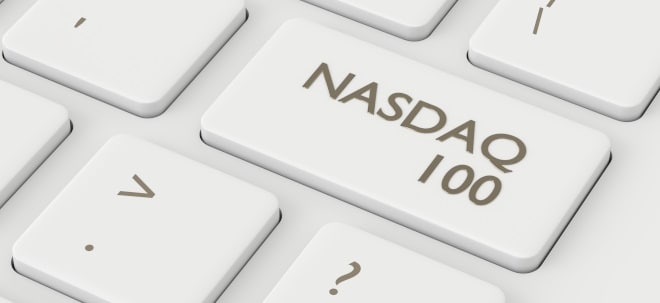GTM Research forecasts that global solar installations will rise from about 17,400 megawatts in 2010 to 20,900 megawatts this year. And for 2015, GTM predicts that solar installations will increase to 35,500 megawatts.
Most of these installations will probably take place in China, according to a report released six months ago by a HSBC research team that traveled to China.
In the report, HSBC said that the country was on track to outstrip its own aggressive government targets for clean energy, solar energy included, by 50 percent in 2015. By 2020, HSBC expects China to install about 20 gigawatts of solar power facilities.
Solar Demand Wanes as Production Amps Up
While interest in the solar industry is at a new high, it's a different story for the companies trying to make a profit from solar power.
The outlook isn't sunny. Surprisingly, demand for modules and other parts is slowing just as production capacity is ramping up.
Shares in some of the world's leading solar manufacturers like First Solar (Nasdaq: FSLR) and Trina Solar (NYSE: TSL) fell by about 10 percent this year, due to concerns about oversupply and falling prices. .
And rightly so…
GTM Research estimates that industry production capacity for solar modules will increase by 115 percent this year and 134 percent in 2012, due to Chinese manufacturers increasing production.
This is leading to a supply glut of solar components and tumbling prices. For example:
According to Credit Suisse analysts, prices for solar panels dropped by about 17 percent in just the past five months.
Executives at solar module manufacturing companies such as Trina and JA Solar (Nasdaq: JASO) speak of constant pressure on margins.
Prices for the inverters that connect the panels to the grid also slipped, so inverter companies like Power-One (Nasdaq: PWER : 8.1, 0.14) also issued earnings warnings.
The Bright Side to Solar Power Doom and Gloom
Of course, there's a bright side to all this doom and gloom among solar companies.
The falling cost of solar power is hastening progress towards the elusive goal of grid parity. This, in turn, may actually create a larger global market for the solar industry. A market that does not rely on government subsidies.
Rob Gillette, the CEO of First Solar, spoke about a sunny outlook and a market where government subsidies aren't needed. He said, "At that point, we move from a 65,000-megawatt market to a 1.7-million-megawatt market opportunity."
Of course, grid parity isn't a universal point reached simultaneously around the globe. It'll vary from location to location.
For example, with its recent nuclear problems and expensive electricity prices, Japan could be a viable market for solar power.
But for right now, solar power is still a long way from taking the workload off of fossil fuels and nuclear power for electricity generation.
For solar power companies, this move towards grid parity through plunging prices means it'll come down to Darwin's theory… There will be a fight for market share and only the strongest will survive.
Look for a period of consolidation in the solar industry, where companies disappear or are bought out by stronger competitors. A few years down the road, we'll see fewer solar companies in existence, with strong survivors like First Solar still around.
Good investing,
Tony D'Altorio
The above story is the opinion of the author only and it does not reflect iStockAnalyst opinion. Further, the author is not personally advising you regarding the suitability of the story for your investment needs. In no event iStockAnalyst will be liable for any loss or damage including without limitation, indirect or consequential loss or damage, or any loss or damage whatsoever arising from or arising out of, or in connection with the use of this information. Please consult your investment advisor before making any investment decision.
Author's ProfileAuthor's ArticlesAuthor's Website |


 Thread abonnieren
Thread abonnieren

